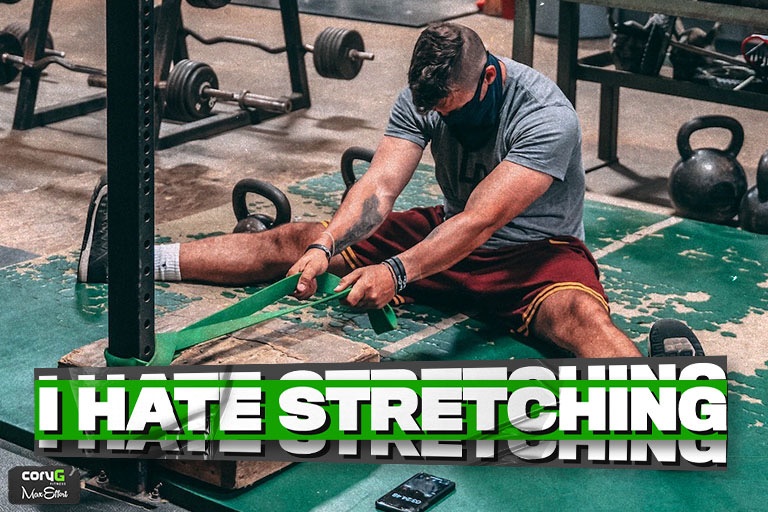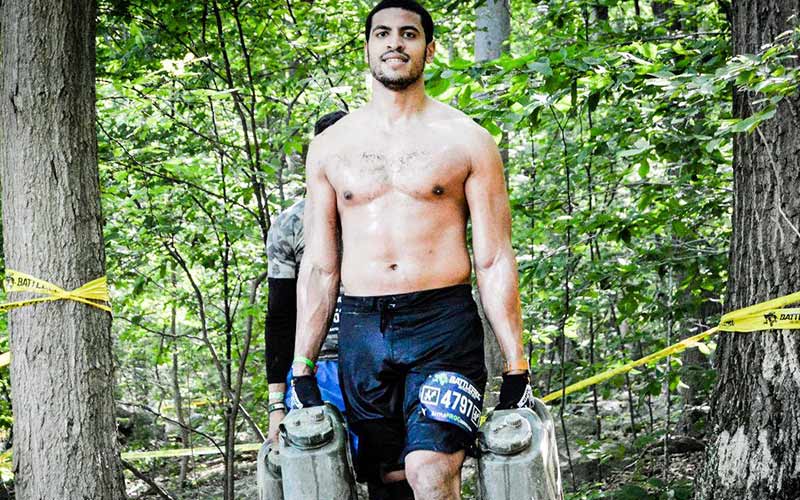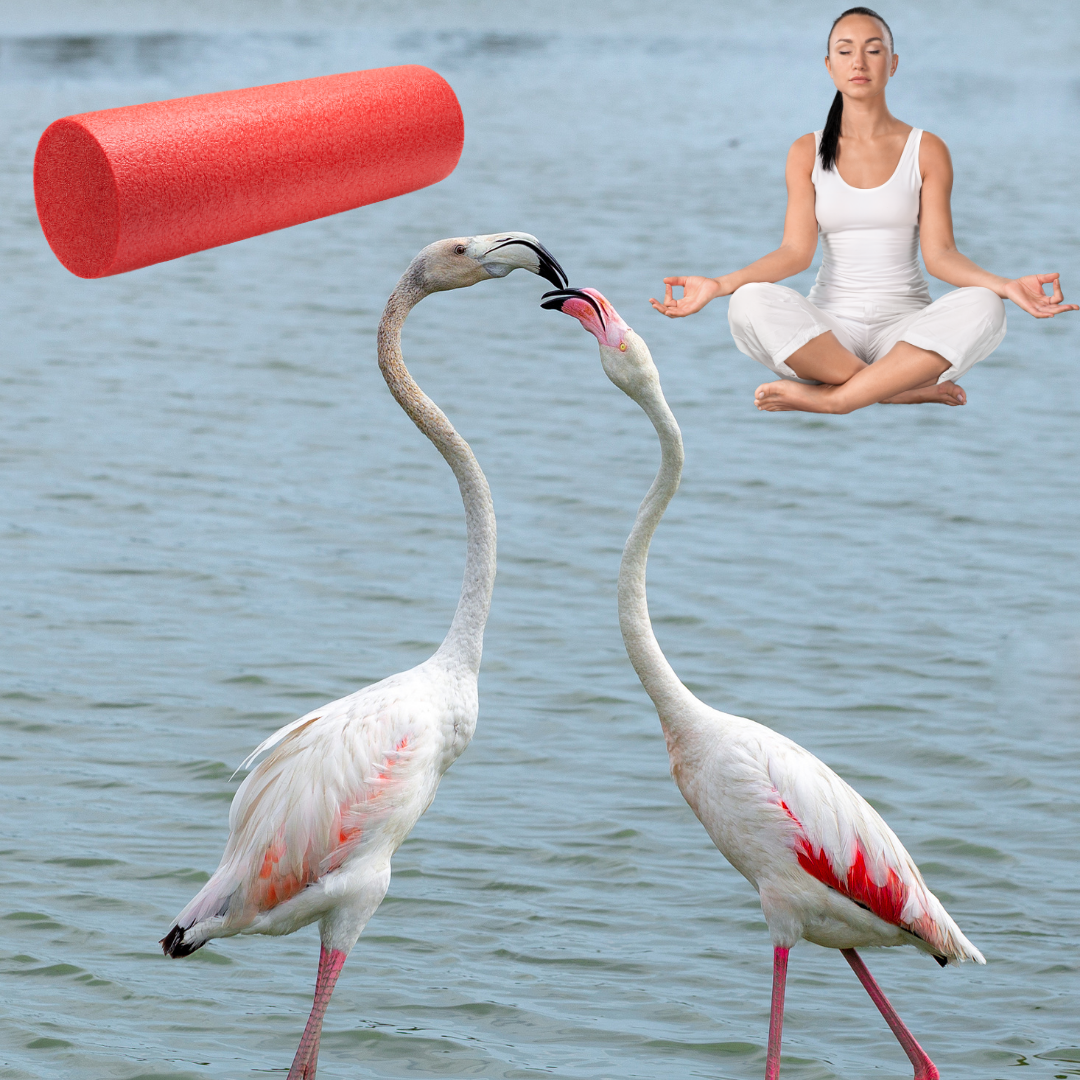“If you can’t measure it, you can’t improve it.” Although this quote from Bill Drucker originally relates to business, it can be applied to all areas of life. Especially, fat loss and body transformation.
For most people, the only way they measure their weight loss progress in using a scale. Although a scale is a useful tool it does not always show a complete picture of what is going on. For instance, oftentimes when someone trains for weight loss they typically add some muscle (if they are training correctly) and lose fat. The scale, however, only shows a broad picture. If you gain 2 lbs. of muscle=GOOD and loss 2 lbs. of fat also GOOD, it will not show on the scale. It would look like nothing is happening and this can lead to frustration. However, you just made some great progress.
The second problem with only relying on a scale and focusing solely on weight, you may very well be losing weight each week. The issue is you do not know if you are losing muscle or fat. If you are losing muscle, you are setting yourself up for a rebound of fat gain and eminent setbacks.
So how do I do measurements you ask?
Let’s first discuss what needs to happen for measurements to be accurate.
- They should be done by the same person. There is typically a slight discrepancy between each person performing certain measurements. To avoid this, have the same person perform the measurements each time
- Use the same equipment/device each time. Different scales can vary by over 5 pounds. Different body fat measurement techniques are also only compatible with the same technique and are not accurate across different techniques. E.G. calipers will be different to dexa scan, and underwater weighing and electrical impedance and bod pod etc. so use the same method each time to compare for more accurate results.
- They should be done at the same time of day and time of the month. Weighing yourself at different times of the day can vary depending on many factors. To keep things consistent, it is best to weigh yourself on the same day each week at the same time wearing or not wearing the same clothes. Time of the month is important especially for women whose weight can fluctuate due to their menstrual cycles.
- They must be Performed using standard guidelines and procedures. It is important to perform the testing the exact same way each time to keep measurements accurate. If anyone variable changes the outcome can be drastically different.
The most accurate way to keep track of your, weight loss/body composition results is to have a competent and experienced professional measure you. Unfortunately, this can be difficult to do consistently. To simplify things what I have all my online clients use are the following 3 pieces of equipment. Although the body fat measurement may not be as accurate as more traditional methods, if it is done by the same person, (you) you will easily be able to keep track of progress from your initial starting measurement and that is all that matters. These pieces of equipment are super easy to use, affordable, and make taking measurements much more accurate.
Accumeasure Body Fat Caliper

This is an easy-to-use caliper that only requires taking one measurement at the waistline. It comes with easy-to-follow instructions. Simply pinch the area on your waist as described in the directions and gently squeeze the calipers until it clicks. Then look at the measurement and compare it to the chart(included) with you are age and it will give you a body fat percentage. Quick and easy! Although this will not be the most accurate method, it will easily allow you to take a baseline measurement to compare future measurements and that is the most important thing.
MyoTape Body Measure Tape

I like this tape measure because you simply wrap it loosely around the body part to be measured and then attach the end into the base to hold it in place. (Using a regular tape measure to measure yourself can be a big pain in the ass.) Then simply press the button and slowly let the tape wind until it is against your skin. Just be sure to keep the tape as level as possible and the body part as relaxed as possible. Follow the directions for the best results.
RENPHO Body Fat Scale

This scale comes with bioelectrical impedance for body fat, but this method has some of the greatest margins of error. I recommend using the scale part but use the Accu measure for more consistent measurement of body fat. This scale also links to your phone and smart apps to make it easy to keep accurate records.
When to measure.
Measure your weight every Monday morning at the same time. This also helps keep you accountable for the weekend debauchery.
Measure body fat every 2-4 weeks
Measure circumference measurements every 2-4 weeks.
By measuring these 3 areas you will get a better picture if you are gaining muscle and losing fat, losing muscle, not progressing, etc. The circumference measurements will also allow you to see exactly where on your body you are losing your fat from. This can be important down the road if you have trouble losing fat in certain areas. This can possibly associate with hormonal issues.
So, there it is. If you are serious about your fat loss and body composition changes then I recommend purchasing these inexpensive tools and begin keeping measurements and track them on your mobile device, computer, or notebook. This can be motivational when it doesn’t look like you are making changes on the scale and it is also a great way to figure out sooner rather than later if something is not working for you so that you can make the appropriate changes and save valuable time and frustration.
To your health
Kevin
References:
https://www.mayoclinic.org/healthy-lifestyle/fitness/expert-answers/body-fat-analyzers/faq-20057944
https://bmjopen.bmj.com/content/6/1/e008922
https://www.hsph.harvard.edu/obesity-prevention-source/obesity-definition/abdominal-obesity/
https://pubmed.ncbi.nlm.nih.gov/9403318/
https://www.acefitness.org/education-and-resources/lifestyle/tools-calculators/percent-body-fat-calculator/

























